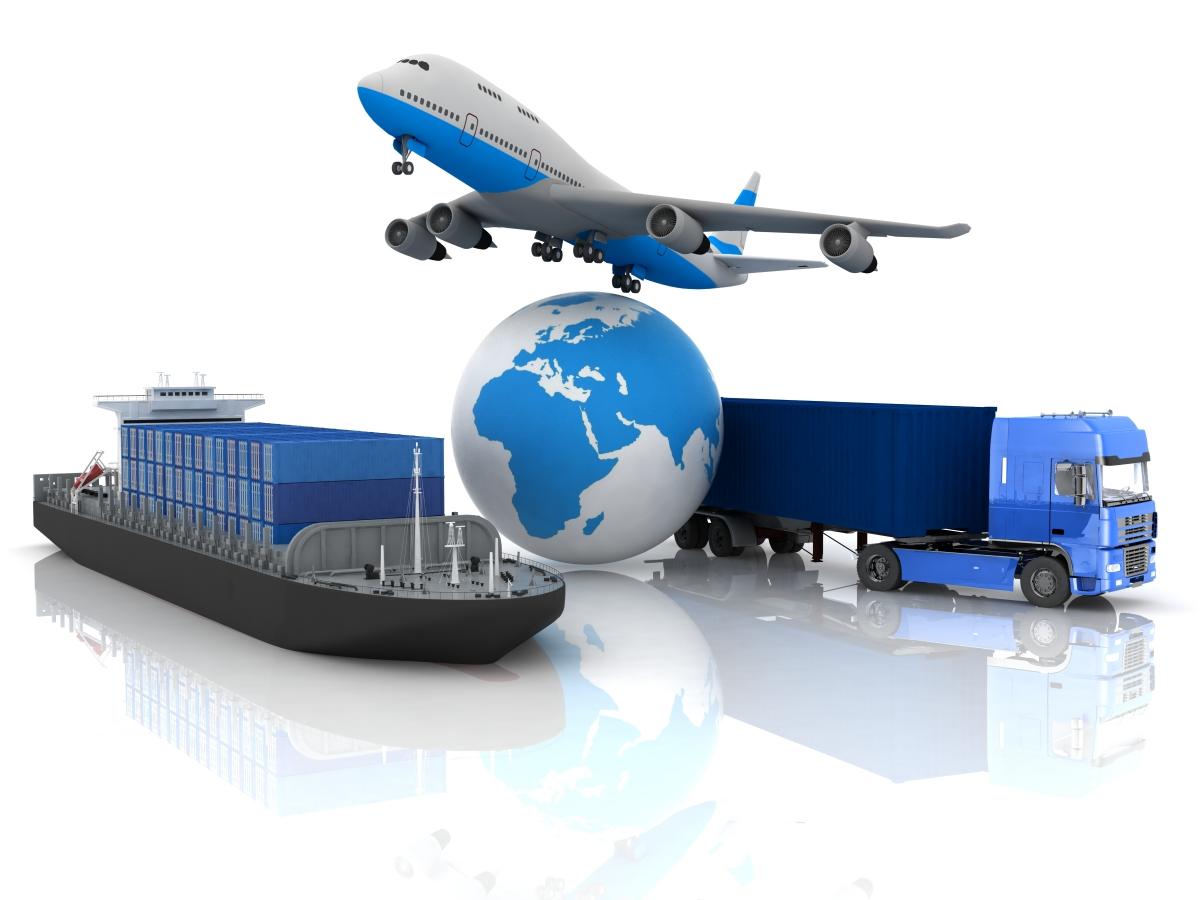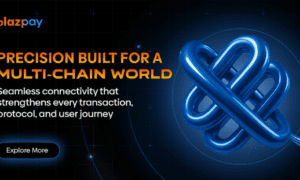Global intermodal transport has developed as a vital part of the complex web of global operations, along with an easy joining of different methods for transportation to move goods all over limitless distances. A smooth coordination of rail, road, air and street transport is similar to a melody which operates the whole world economy in the era where ecology, dependability and effectiveness are significant.
The consideration of an essential environmental technology such as diesel particulate filters that are urgent for ensuring the environmental and effectiveness consciousness of a complex organization is another problem. In any case, this intricate framework might not be without its impediments. So, in this article, we will talk about different parts of international intermodal transportation, as advancements such as particle filter are significant tools in the fight to further develop the versatility, dependability and communication in this pivotal region of a world economy.
Understanding intermodal transport
Intermodal transport is a way to deal with strategies that integrate the utilization of different methods of transportation to convey the goods from a starting point of origin towards their point of destination (like air, sea, road and rail) inside a single voyage. Hence, this type of technique takes into consideration the easy development of freight among a few modes and may have various benefits over conventional single-mode transport.
Connectivity:
Intermodal transportation provides an extensive variety of transportation decisions, empowering the goods to go to far-off locations. So, by diminishing dependence on the single route, connectivity brings down the chance of interruptions brought on by the terrible climate, unexpected events and traffic.
Flexibility:
The level of adaptability which is vital in the present powerful global business is added by having the option to switch among the means of transportation. Utilizing intermodal transportation empowers transporters to conform to moving market situations and streamline the routes bringing down the transit times and the costs.
Reliability:
Environmental Benefits: Contrasted with one-mode transportation, intermodal transportation oftentimes has a superior ecological effect. The utilization of further eco-friendly means of transportation like water or rail advances sustainability purposes and it brings down greenhouse gas emissions.
Challenges in global intermodal transport
This type of transportation has various advantages, yet there are disadvantages too. The accompanying issues may interfere with the smooth progression of the commodities and weaken the supply chain’s adequacy:
Interoperability:
Various transportation systems and modes should be viable for intermodal transport to work according to a hitch. On a global level, it may very well be difficult to undertake this since it excites the information trade, coordination between various groups and standardized processes.
Security concerns:
Because intermodal transportation includes various modes, it might have security defects that leave the freight helpless against robberies, destruction and manipulation. To lessen these risks, viable security measures should be set up.
Capacity and infrastructure:
At significant intermodal centre points, deficient infrastructure and limit restrictions may cause obstructions, delays, and further costs. To satisfy the rising need for intermodal transportation, for these facilities, modernization and expansion are fundamental.
Compliance and regulatory issues:
Compliance and Regulations standards for different modes of transportation vary. For Logistics service providers and transporters, dealing with these complexities might be a troublesome undertaking which results in higher regulatory costs and delays.
Enhancing connectivity in transport
Connectivity is a fundamental part of intermodal transportation, and expanding it is vital for raising the general effectiveness of delivery operations. The following are a couple of techniques to further upgrade the connectivity:
Investment in infrastructure:
The infrastructure for intermodal transportation ought to be extended and refreshed by both private and public sectors. Rail systems, intermodal terminals and Ports are completely involved in it. The congestion might be diminished and association might be worked on by expanding the efficiency and capacity at these pivotal points.
Digitization and data sharing:
Visibility of freight and Real-time tracking at the time of its journey might be worked by embracing digital innovation and the data sharing stages. Thus, different means of transportation may be coordinated perfectly, and the transparency for the parties included is expanded.
Standardization:
The operations might be streamlined and an administrative intricacy diminished by making and carrying out standard operating systems, information designs and documentation across different transportation modalities. An advancement of the standardization pursuits is enormously helped by industrial and international associations.
Public-Private Partnerships: Private and Government firms cooperating might help to settle the issues with connectivity. Public-private partnerships may give funding to infrastructure initiatives, improve regulatory systems, and advance intermodal transportation development.
Boosting flexibility in global intermodal transport
Intermodal transportation should be flexible for the supply chains to change following the shifting conditions. Taking into account the accompanying strategies might assist freight operations by being more flexible:
Inventory management:
Decrease the prerequisite for a faster shipment by carrying out flexible inventory management methods. To limit disturbances and give flexibility in acknowledging, and keeping a satisfactory safety supply, acknowledging demand variations and putting the inventories in key areas may be useful.
Alternative routes:
Find backup ways and create backup plans to go for transportation if there should be an occurrence of unexpected challenges. By this proactive methodology, the supply chain’s compensation from interruptions might be reduced.
Dynamic routing and planning:
To dynamically change transportation routes in light of current circumstances such as climate, statistical analysis, and stock levels, utilize progressed route optimization tools and traffic. It ensures effective and timely delivery of freight.
Multi-modal contracts:
The contracts with the logistics providers that consider an assortment of transportation choices might be multi-modal. Hence, these contracts might have arrangements considering mode changes and updates because of unexpected events.
Enhancing reliability in transport
Since the delays may cause significant interruptions and costs, reliability is pivotal for intermodal transportation. Consider the accompanying strategies to expand the dependability of the cargo movements:
Predictable maintenance:
Utilize data analytics and IoT sensors to follow the status of transportation equipment, like containers, railcars, and trucks utilizing predictive maintenance methods. It guarantees dependable assistance by lessening the probability of unforeseen repairs and malfunctions.
Risk management:
Make intensive risk management plans that indicate likely interruptions and mitigation measures. So, these plans may contain contingency measures and may address various conditions, including strikes and natural catastrophes.
Collaborative partnerships:
Encourage collaboration with transportation suppliers and partners. Strong correspondence lines and the dissemination of information about plausible glitches may decrease the impacts of deferrals and advance dynamic problem-solving.
Technology adoption:
Blockchain innovation and taking advantage of the IoT to further develop supply chain permeability and traceability. These developments may build the checking accuracy and increase tracking, bringing down the chance of damaged or lost freight.
Conclusion
Global intermodal transport that gives unmatched flexibility, connectedness, and reliability in an exchange of goods all over the world is, in conclusion, a pillar of contemporary strategies. It is pivotal that we continue to put resources into the infrastructure, embrace digitization, and provide standards priority while we arrange the continuously changing climate of global commerce and trade to boost this significant organization.
Moreover, containing environmental advancements such as particle filters is both practically and morally vital. Hence, by the rising global awareness of the requirement for some eco-friendly solutions, the innovations provide the ways for a better future of global intermodal transport which is environmentally dependable and more sustainable.
Tagtransport.se is a useful resource for individuals who wish to participate and learn more about the intermodal transportation industry. Learn deeply about their endeavors to work on the sustainability and effectiveness of global freight developments by visiting their website https://tagtransport.se/. We may also continue to propel global intermodal transportation toward a seriously encouraging and resilient future by empowering cooperation, managing sustainability as a high priority and embracing innovation.





























